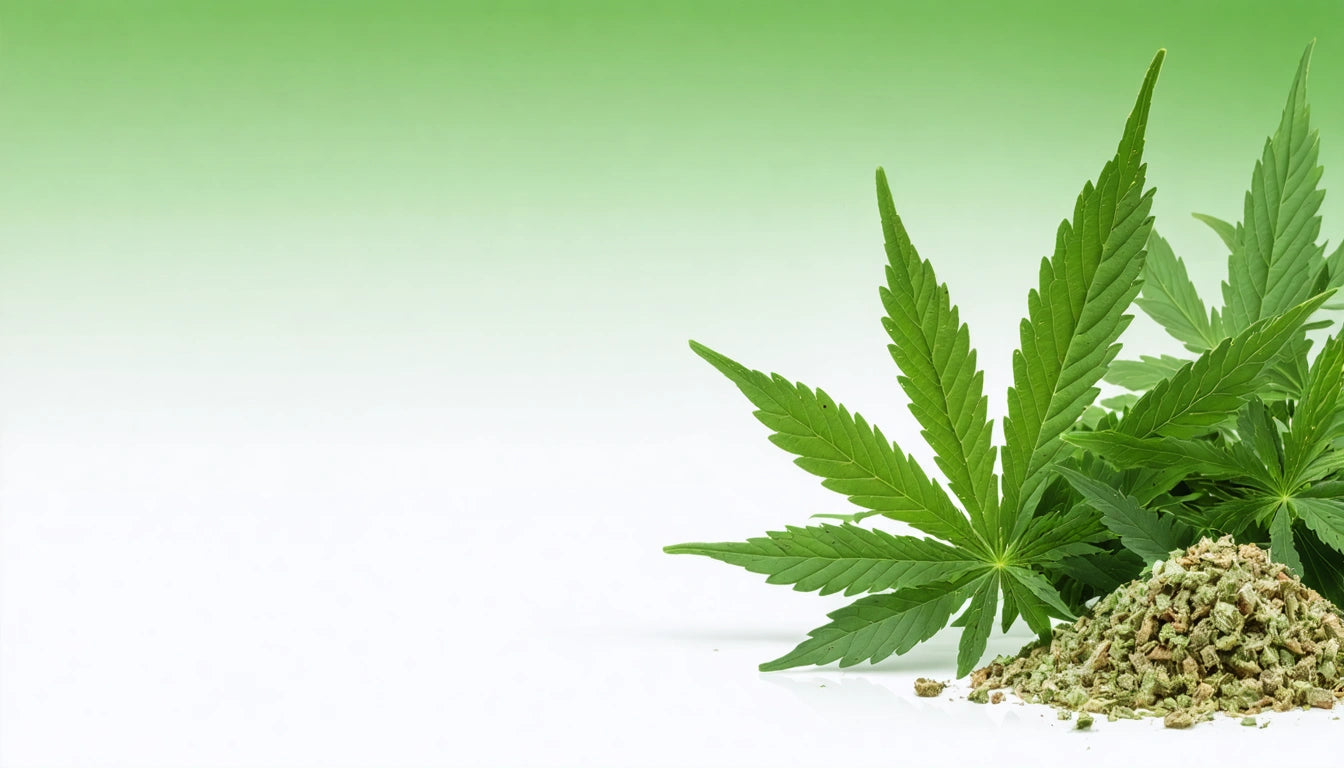Table of Contents
The short answer is no, you should not drive after using cannabis. Despite varying state laws on cannabis legality, driving under the influence remains illegal nationwide. Cannabis impairs cognitive and motor functions essential for safe driving, creating risks for both the user and others on the road. Understanding these risks and the legal consequences can help consumers make responsible decisions.
Legal Implications of Driving After Cannabis Use
Driving under the influence of cannabis carries serious legal consequences in all states, regardless of whether cannabis is legal in that jurisdiction. Unlike alcohol, which has a standardized 0.08% blood alcohol concentration limit, cannabis impairment laws vary significantly by state.
Most states use one of two approaches:
- Per se laws: These establish specific THC blood concentration limits (typically 2-5 nanograms per milliliter) above which a driver is automatically considered impaired.
- Effect-based laws: These focus on whether the driver shows signs of impairment, regardless of THC concentration.
Penalties for driving under the influence of cannabis can include license suspension, fines ranging from hundreds to thousands of dollars, mandatory drug education programs, probation, and even jail time for repeat offenders. These penalties become more severe if an accident occurs, especially one resulting in injury or death.
Impairment Factors: How Cannabis Affects Driving Ability
Cognitive Effects
Cannabis impairs several cognitive functions critical to safe driving:
- Attention and concentration
- Time and distance perception
- Decision-making and risk assessment
- Short-term memory
These impairments can lead to difficulty maintaining lane position, inconsistent speed control, and delayed reaction times to unexpected events on the road.
Duration of Impairment
The duration of cannabis impairment varies based on several factors, including consumption method, dosage, and individual metabolism. According to research on how long a cannabis high lasts, effects typically peak within 30 minutes to 2 hours after smoking and can persist for 3-6 hours. With edibles, effects may take 1-2 hours to appear and can last 6-8 hours or longer.
Detection Methods and Testing Limitations
Unlike alcohol, which can be reliably measured with breathalyzers, cannabis impairment is more difficult to detect and quantify objectively. Current testing methods include:
Roadside Assessments
Law enforcement officers may perform field sobriety tests similar to those used for alcohol, looking for physical signs of impairment such as poor balance, coordination issues, or unusual pupil response. Some departments also employ specially trained Drug Recognition Experts (DREs) who conduct more detailed evaluations.
Chemical Testing
Blood, urine, or saliva tests can detect THC presence but have significant limitations. THC can remain detectable in the body long after impairment has subsided, as explored in this analysis of how long cannabis stays in your system. This creates challenges in establishing a direct correlation between test results and actual impairment at the time of driving.
The developing field of cannabis safety also impacts product design. Many cannabis products now come with safety features like specialized child-resistant lids that help prevent accidental consumption, which could lead to unintended impairment and dangerous situations.
Responsible Alternatives to Driving Under the Influence
Planning ahead is essential for cannabis consumers. Responsible alternatives include:
- Designated drivers: Arrange for a non-consuming friend to drive.
- Rideshare services: Use apps like Uber, Lyft, or local taxi services.
- Public transportation: Utilize buses, trains, or other mass transit options when available.
- Overnight accommodations: Stay where you are consuming until effects fully subside.
- Timing consumption: If driving is necessary later, allow sufficient time for effects to dissipate completely.
Some consumers mistakenly believe that mixing cannabis with other substances like caffeine can counteract impairment. However, as explained in this article on mixing cannabis with other substances, these combinations can actually create unpredictable effects and may worsen impairment.
Responsible Cannabis Use: Making Informed Decisions
Understanding your own consumption patterns and how cannabis affects you personally is crucial for making responsible decisions. Factors that influence impairment include:
- Tolerance: Regular users may develop some tolerance to certain effects, but this does not eliminate impairment. Research on cannabis tolerance shows that even experienced users show measurable impairment in driving simulators.
- Product type: Different products and strains produce varying effects. Understanding indica, sativa, and hybrid differences can help predict potential impairment levels.
- Dosage: Higher THC concentrations typically cause greater impairment. Starting with lower doses, especially for inexperienced users, reduces risk.
Ultimately, the safest approach is to completely separate cannabis use from driving. No amount of cannabis use has been established as safe for driving, and the risks to yourself and others are not worth taking. By planning alternative transportation before consuming, you can enjoy cannabis products responsibly while keeping yourself and others safe.











Leave a comment
All comments are moderated before being published.
This site is protected by hCaptcha and the hCaptcha Privacy Policy and Terms of Service apply.